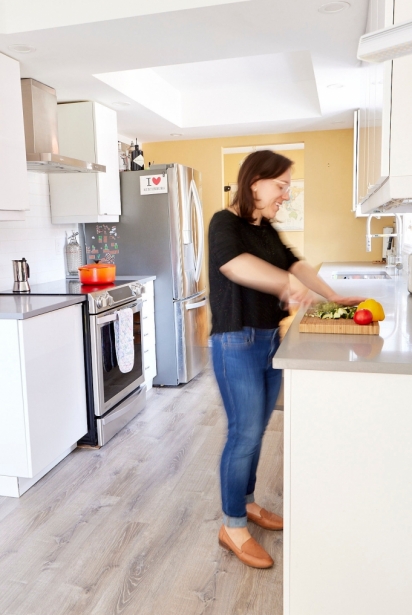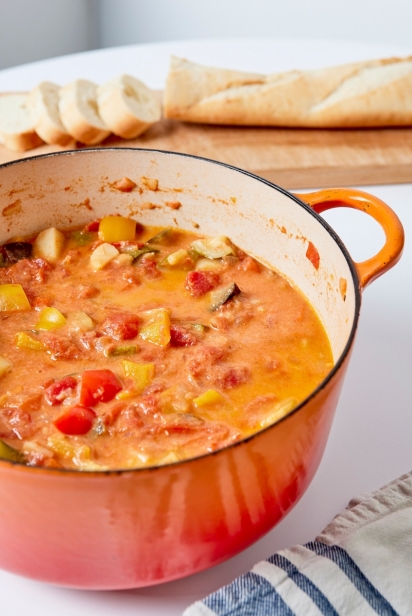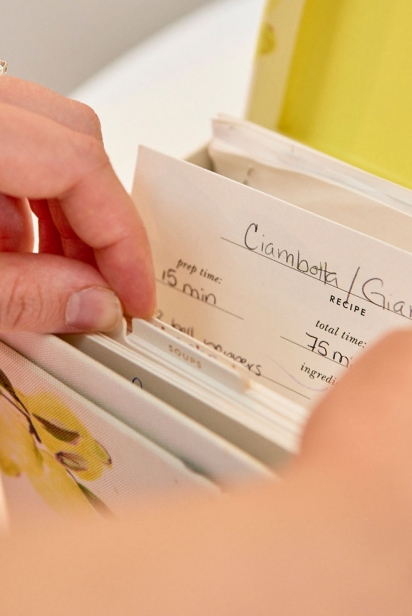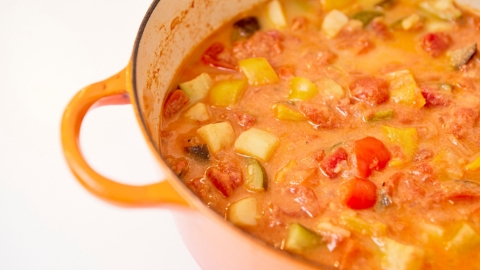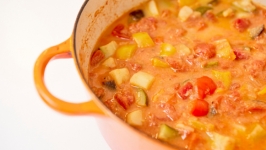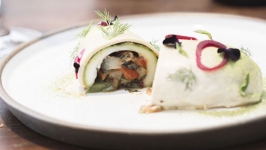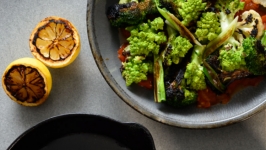A Recipe for Ciambotta
It’s that time of year again, with many fruits and vegetables having hit their peak. For those with a green thumb and some garden space, there’s plenty to dig in on and dish up.
So, what do you make with all that fresh produce? Sauce? Maybe soup? Offering your surplus to anyone who will take it? Many search for recipes using the fresh local ingredients they have on hand. After all, with Canadian winters being harsh, a great deal of us like to take in all that growing seasons have to offer.
A country that is known for its delicious local cuisine is Italy. With a great agricultural ability to grow a variety of produce and winters that aren’t too harsh (especially in the southern regions), Italy is known to have excellent harvests and thus, an abundance of produce. So, naturally, Italians come up with recipes to use food at their disposal to the fullest and with little waste. It’s a style of cooking that is often referred to as cucina povera.
Many Italian immigrant families are familiar with this type of cooking because it experiences a resurgence after historical events that bring scarcity. Most Italians who immigrated to Canada after each of the First and Second World Wars did so because of the hardships in their home country, including worrying food provisions. So, in cooking, as with other aspects of life, they made do with what they had, which is the principle of cucina povera. The term can be translated to English as poor cooking or poor cuisine, and it encompasses dishes such as minestrone and polenta. Out-of-season foods were not readily available up until a few decades ago, so cucina povera describes a dish made up of simple ingredients and simple procedures to create something that is greater than the sum of its parts. This is why different regions have their own variation on similar dishes: They use what is readily available to them, and try to use as much of it as possible. Have you noticed that, despite the number of recipes available online and in print, minestrone recipes are often similar, but no two are ever the same?
My Italian grandparents immigrated to Canada after the Second World War and they did what they knew best; they focused on food. I didn’t realize it as a child, but I was certainly spoiled by the quality of food I ate nearly every day at my grandparents’ home. I have fond childhood memories of spending time in their garden that took up most of their backyard. And it was plentiful. As children, my sister and I loved spending time in their garden where we followed a routine with the fruits and vegetables: pick, rinse, eat, repeat.
Come September, my grandmother would prepare a dish to use up her abundant harvest of vegetables. That dish, ciambotta (pronounced chee-ahm-boh-ta), is a southern Italian summer stew (an autumnal stew for Ottawa’s harvest season) that uses up vegetables from the garden such as tomatoes, potatoes, bell peppers and zucchini, to name a few. Ciambotta has been near and dear to my heart for as long as I can remember. Like many Italian dishes, the name varies depending on the region. Some readers with Italian roots may know the dish as giambotta, ciambrotta or ciabotta. As with the name varying slightly from region to region, a cucina povera recipe passed down from generation to generation will likely differ from family to family.
I am sharing my grandmother’s ciambotta recipe that calls for whisked eggs to be added in at the end, which isn’t traditional to the dish. Knowing my grandmother, she probably added the eggs to make the meal a little heavier and more filling, and they are my favourite part. The dish takes on a new texture as the eggs give it a certain creaminess, similar to the way eggs make carbonara creamy without using cream.
The recipe draws comparisons with ratatouille because of the similar ingredients, but ciambotta is different — in short, it’s less fancy. There’s no fine presentation; it’s simply a stew. Often, cucina povera is associated with comfort food, and ciambotta is my warm weather comfort food. I get a feeling of nostalgia and find myself making this dish on several occasions in a short block of time at the end of summer and beginning of autumn.
So buy yourself some crusty bread or a baguette, or revive your lockdown baking skills and bake a loaf at home, to pair with a comforting pot of ciambotta. In addition to using up local, in-season ingredients, this is a forgiving dish. It’s not so much about the exact measure of the ingredients, but rather the ratio of vegetables to liquid. You’re aiming for the consistency of a stew. Ciambotta is also easily adjusted to various diets. It’s a vegan dish as the eggs aren’t traditional, and gluten-free when served without bread or with gluten-free bread.



